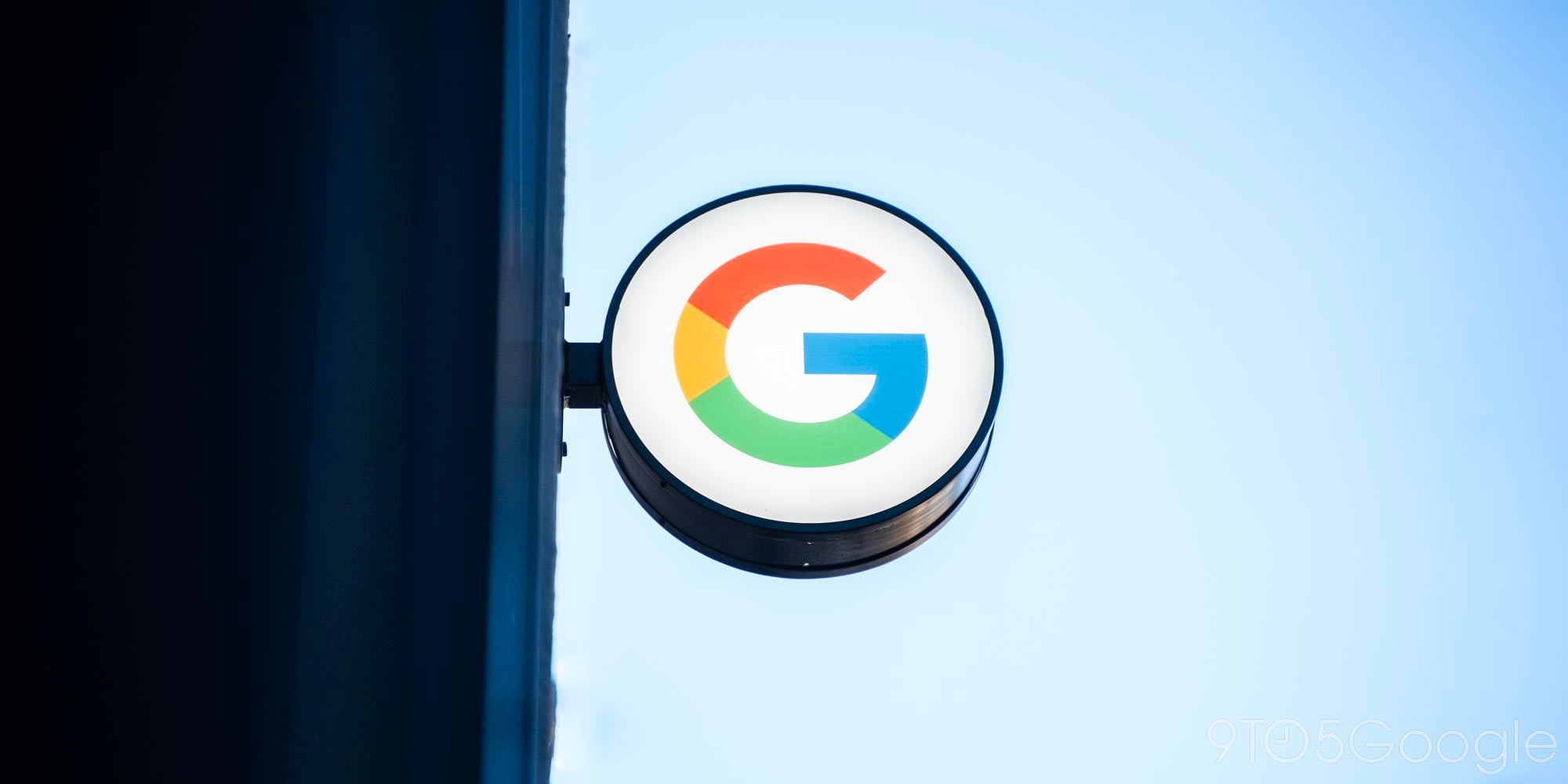
With beacons, your Android device can receive notifications about deals and alerts when you’re near a restaurant or store. While an interesting concept, especially in museums, Google has “noticed a significant increase in locally irrelevant and spammy notifications.” The company is now discontinuing Nearby Notifications later this year.
Introduced three years ago, this was part of Google’s push into the Physical Web where real world objects are able to interact with your phone. The goal was to help users discover apps and contents based on your current location.
Our goal was to bring relevant and engaging content to users – to provide useful information proactively. Developers have leveraged this technology to let users know about free wifi nearby, provide guides while in a museum, and list transit schedules at bus stops.
However, in practice, it is increasingly common to find these “locally irrelevant and spammy notifications” Google is talking about. The company noticed this increase in unhelpful alerts earlier this year, and concluded that it led to a “poor user experience.”
The feature can be filtered and tuned out, but “in the end, we have a very high bar for the quality of content that we deliver to users, especially content that is delivered through notifications.”
Ultimately, we have determined these notifications did not meet that bar. As a result, we have decided to discontinue support for Nearby Notifications. We will stop serving Nearby Notifications on December 6th, 2018.
End users should stop encountering Nearby Notifications in early December when Google stops delivering Eddystone and Physical Web beacon notifications. Third-party developers can still send nearby alerts inside their apps with the Proximity Beacons API, but it will no longer be a pervasive system-level functionality.
Google notes that it learned a lot by building and launching the feature. It still has other proximity options that are aimed for device-to-device connectivity, as well as Fast Pair to connect devices.
Check out 9to5Google on YouTube for more news:
FTC: We use income earning auto affiliate links. More.






Comments